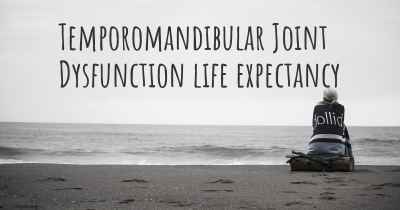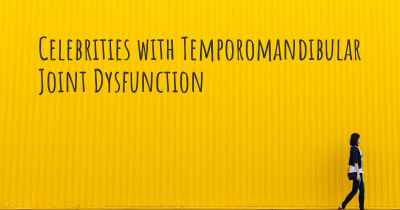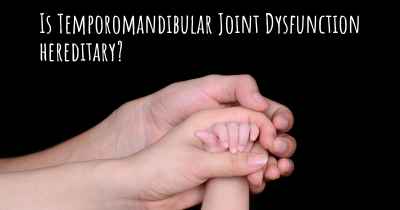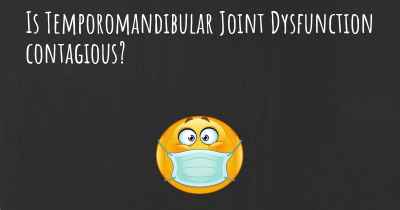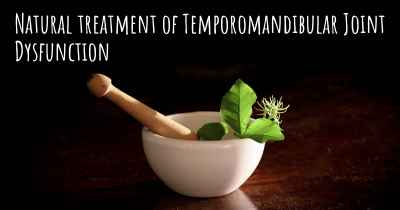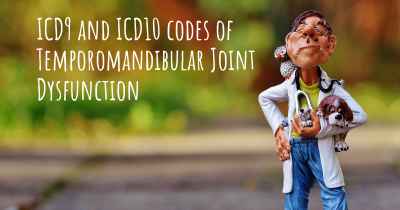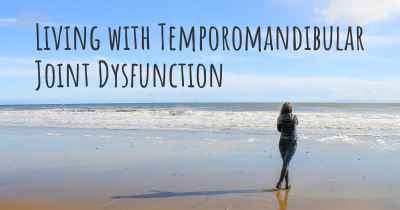Is it advisable to do exercise when affected by Temporomandibular Joint Dysfunction? Which activities would you suggest and how intense should they be?
See if it is advisable for people with Temporomandibular Joint Dysfunction to practice sports and which ones are the most recommended if you have Temporomandibular Joint Dysfunction
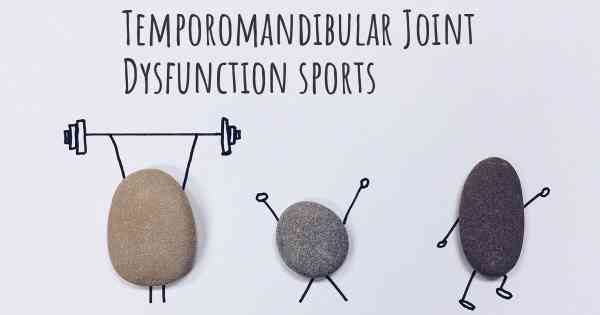
Temporomandibular Joint Dysfunction (TMJ) is a condition that affects the jaw joint and the muscles that control its movement. It can cause pain, discomfort, and limited mobility in the jaw, making it difficult to perform daily activities such as eating and speaking. While exercise can be beneficial for overall health and well-being, it is important to approach it with caution when dealing with TMJ.
When it comes to exercising with TMJ, the key is to focus on gentle movements that promote relaxation, flexibility, and strength in the jaw muscles. Here are some advisable activities that can help alleviate TMJ symptoms:
- Stretching exercises: Gentle stretching of the jaw muscles can help relieve tension and improve flexibility. One effective exercise is to open your mouth as wide as possible without causing pain and hold it for a few seconds. Repeat this several times throughout the day.
- Relaxation techniques: Stress and tension can exacerbate TMJ symptoms. Practicing relaxation techniques such as deep breathing, meditation, or yoga can help reduce stress levels and relax the jaw muscles.
- Low-impact cardio: Engaging in low-impact cardiovascular exercises like walking, swimming, or cycling can improve blood circulation and promote overall well-being. These activities are generally safe for individuals with TMJ, as they do not put excessive strain on the jaw joint.
- Resistance training: Strengthening the muscles around the jaw joint can provide support and stability. However, it is important to choose exercises that do not put excessive strain on the jaw. For example, gently pressing your palm against your chin and resisting the movement can help strengthen the jaw muscles without causing additional pain.
- Posture correction: Poor posture can contribute to TMJ symptoms. Engaging in exercises that promote good posture, such as neck stretches and shoulder rolls, can help alleviate tension in the jaw area.
While exercise can be beneficial for TMJ, it is crucial to avoid activities that may worsen the condition. High-impact exercises, such as running or jumping, should be avoided as they can put excessive strain on the jaw joint. Additionally, activities that require repetitive or forceful jaw movements, such as chewing gum or biting into hard foods, should be minimized or avoided.
Intensity is an important factor to consider when exercising with TMJ. It is recommended to start with low-intensity exercises and gradually increase the intensity as tolerated. Pay close attention to your body's response and listen to any pain or discomfort. If an exercise causes increased pain or worsens TMJ symptoms, it is best to stop and consult with a healthcare professional.
Remember, every individual with TMJ may have different limitations and sensitivities, so it is important to listen to your body and adjust the intensity and type of exercise accordingly. Consulting with a healthcare professional or a physical therapist who specializes in TMJ can provide personalized guidance and recommendations based on your specific condition.
